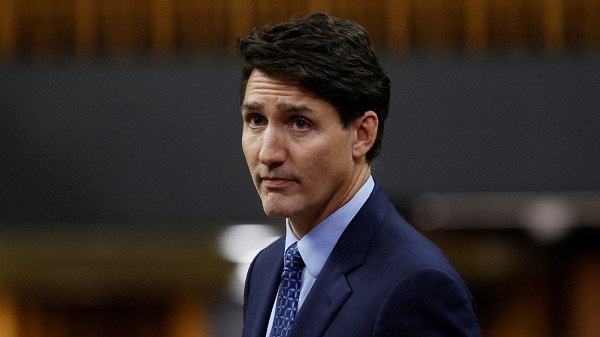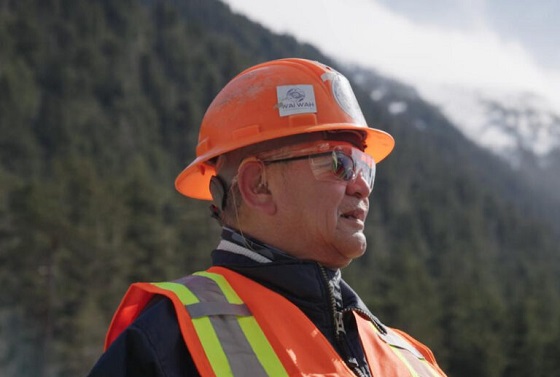Automotive
Electric-vehicle sales show modest spark
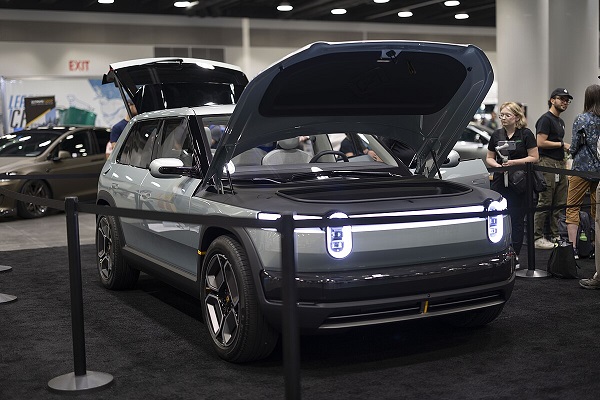
From Resource Works
Fuel-powered cars still outsell EVs in Canada by almost 7:1
While the federal government pushes electric vehicles (and other zero-emission vehicles), Canadians seem to be somewhat less enthusiastic about them.
Ottawa calls them all ZEVs and says: “Canada is committed to decarbonizing the country’s transportation sector and becoming a global leader in ZEVs. As such, the Government of Canada is aiming for 100% of new light-duty sales to be zero-emission by 2035.”
However, even with rebates offered by Ottawa and eight provinces and territories, Canadians are proving a little reluctant to make the switch—especially to pure battery-only electric vehicles (EVs).
For example, in the second quarter of this year, Statistics Canada reported sales of 511,173 new motor vehicles, the largest number since the third quarter of 2019, prior to the COVID-19 pandemic.
Of those 511,173 vehicles, 445,231 (87.1%) were traditional carbon-fuel cars, vans, and light trucks. Meanwhile, 65,733 were EVs (12.9%). Thus, fuel-powered cars outsold EVs by a ratio of 6.8 to one.
Among the 65,733 EVs sold, 48,511 were pure battery-only vehicles, while 17,222 were hybrid models with both electric and carbon-fuel drives.
This is not quite what Ottawa had hoped for.
(Incidentally, 51.6% of all new EV registrations were in Quebec, followed by Ontario at 21.9%, and British Columbia at 18.5%. In the Statistics Canada survey, the numbers for BC also include the territories.)
When market research company J.D. Power surveyed new-vehicle shoppers in Canada, respondents who said they wouldn’t consider an EV cited high prices, concerns about travel range, and challenges with charging the battery as key reasons.
J.D. Ney of J.D. Power notes that mainstream vehicle buyers are less wealthy and more practical, making them harder to persuade to switch from gas-powered cars.
“If I make a mistake buying an EV or it doesn’t suit my lifestyle, that’s a $65,000 problem. It’s the second-biggest purchase that most Canadians will make. And so, I think they are rightfully cautious.”
As of March 1 (the latest figures available), Canada had 27,181 public charging ports located at 11,077 public charging stations across the country.
Of those 27,181 charging ports, 22,246 are “standard” Level 2 chargers, while 4,935 are fast chargers.
This means Canadians with battery-electric vehicles often face challenges finding an available public port, and, if they do find one, it could take hours to recharge their car from low to 100%. Most ZEV drivers opt instead to “top up” their batteries, but even that can take many minutes.
The availability of fast chargers in Canada is on the rise, with EV manufacturer Tesla adding more “superchargers” that can be used by non-Tesla owners if their vehicles are equipped with the right plug-in adapter or if the owners purchase a suitable adapter.
Electric vehicles are also improving their range, with some models now able to travel as much as 800 km before needing a major recharge. The average range is 435 km, although some older ZEVs still have ranges in the low hundreds.
Potential ranges drop, however, in Canadian cold weather. Some EVs can lose up to 30% of their range in freezing temperatures, and charging times can also increase in the cold.
The concerns and caution of customers have resonated with EV manufacturers.
As CBC News reported: “Just a few years ago, carmakers were investing billions of dollars into their electric lineups and pledging they would soon stop building gas-powered cars.
“But customers aren’t going fully electric as quickly as predicted, so many companies are making adjustments to better meet demand.
“General Motors has scaled back its electric vehicle production this year and will build an estimated 50,000 fewer EVs. Ford is shifting its strategy, stalling plans for an electric SUV and building a hybrid version instead.
“These companies are still losing money on EVs. Despite all that, the carmakers insist they’re still committed to the cause.”
In April, Honda announced plans to invest $11 billion in electric vehicle and battery plants in Ontario. The project aims to produce 240,000 EVs annually, with production expected to begin in 2028.
At the same time, construction of a $7-billion EV battery plant in Quebec could take up to 18 months longer than originally planned, according to the Quebec government.
Production at the Northvolt plant was slated to begin in 2026 to compete with Chinese-made batteries. However, while construction continues, a review by Northvolt could result in a reassessment of the timetable. This review followed Northvolt’s bankruptcy filing in the U.S.
Here in Canada, Ottawa began in August imposing a 100% tariff on Chinese-made EVs. The aim is to protect the domestic EV market from inexpensive Chinese imports. But President-elect Donald Trump proposes a 25% tariff on all imports from Canada, including Canadian-made EVs and parts. This is causing huge concern for firms planning to build EVs and/or EV parts in Canada for export to the U.S.
Returning to EVs: The federal government’s goals are for 20% of new cars sold to be ZEVs by 2026, 60% by 2030, and 100% by 2035.
Carmakers, however, have said those goals won’t be achievable unless Ottawa does more to boost charging infrastructure and address EV affordability.
“We have all of the ingredients for Canada to succeed in this sector,” says Brian Kingston, president of the Canadian Vehicle Manufacturers’ Association. “I’m convinced we’ll continue to see growth in EV adoption, but we do have to address some of those barriers to demand.”
Automotive
Nissan, Honda scrap $60B merger talks amid growing tensions
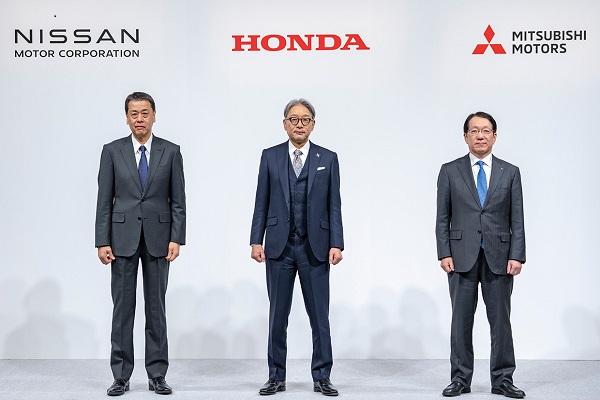
Quick Hit:
Nissan is reportedly abandoning merger talks with Honda, scrapping a $60 billion deal that would have created the world’s third-largest automaker. The collapse raises questions about Nissan’s turnaround strategy as it faces challenges from electric vehicle competitors and potential U.S. tariffs.
Key Details:
- Nissan shares dropped over 4% following the news, while Honda’s stock surged more than 8%, signaling investor relief.
- Honda reportedly proposed making Nissan a subsidiary, a move Nissan rejected as it was initially framed as a merger of equals.
- Nissan is struggling with financial challenges and the transition to EVs, still reeling from the 2018 scandal involving former chairman Carlos Ghosn.
Diving Deeper:
Merger talks between Nissan and Honda have collapsed, according to sources, after months of negotiations to form an auto giant capable of competing with Chinese EV makers like BYD. The proposed deal, valued at over $60 billion, would have created the world’s third-largest automaker. However, differences in strategy and control ultimately derailed the discussions.
Reports indicate that Honda, Japan’s second-largest automaker, wanted Nissan to become a subsidiary rather than an equal merger partner. Nissan balked at the idea, leading to the collapse of negotiations. Honda’s market valuation of approximately $51.9 billion dwarfs Nissan’s, which may have fueled concerns about control. The failure of talks sent Nissan’s stock tumbling more than 4% in Tokyo, while Honda’s shares rose over 8%, reflecting investor confidence in Honda’s independent strategy.
Nissan, already in the midst of a turnaround plan involving 9,000 job cuts and a 20% reduction in global capacity, now faces mounting pressure to restructure on its own. Analysts warn that the failed merger raises uncertainty about Nissan’s ability to compete in an industry rapidly shifting toward EVs. “Investors may get concerned about Nissan’s future [and] turnaround,” Morningstar analyst Vincent Sun said.
Complicating matters further, Nissan faces heightened risks from U.S. tariffs under President Donald Trump’s trade policies. Potential tariffs on vehicles manufactured in Mexico could hit Nissan harder than competitors like Honda and Toyota. The stalled deal also impacts Nissan’s existing alliance with Renault, which had expressed openness to the merger. Renault holds a 36% stake in Nissan, including 18.7% through a French trust.
While both Nissan and Honda have stated they will finalize a direction by mid-February, the collapse of this deal signals deep divisions in Japan’s auto industry. With Nissan’s financial struggles and the growing dominance of Chinese EV makers, the company must now navigate an increasingly challenging market without external support.
Automotive
Trudeau must repeal the EV mandate
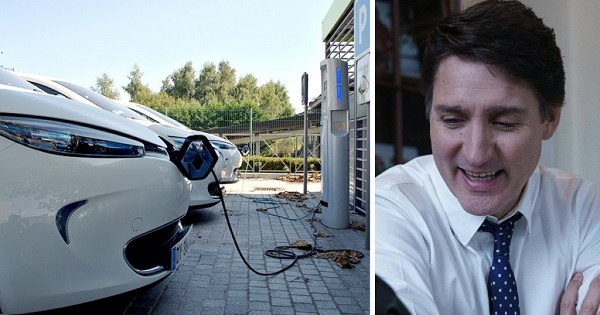

Last Monday, Transport Canada released a bombshell statement, announcing that the Trudeau government’s program granting a $5,000 rebate to Canadians purchasing an Electric Vehicle (EV) had run out of money and would be discontinued, “effective immediately.” This followed a prior announcement from the government of Quebec that they would be suspending their own subsidy, which had amounted to $7,000 per EV purchased.
This is, of course, a game changer for an industry which the Trudeau government (as well as the Ford government in Ontario) has invested billions of taxpayer dollars in. That’s because, no matter the country, the EV industry is utterly dependent upon a system of carrots and sticks from the government, in the form of subsidies and mandates.
EVs have remained notably more expensive than traditional Internal Combustion Engine (ICE) vehicles, even with those government incentive programs. Without them the purchase of EVs becomes impossible for all but the wealthiest Canadians.
Which is fine. Let the rich people have their toys, if they want them. Though if they justify the expense by saying that they’re saving the planet by it, I may be tempted to deflate them a bit by pointing out that EVs are in no way appreciably better for the environment than ICE vehicles, how all the lithium, nickel, cobalt, manganese, aluminum, copper, etc, contained in just one single EV battery requires displacing about 500,000 lbs of earth. Mining these materials often takes place in poorer countries with substandard environmental regulations.
Moreover, the weight of those batteries means that EVs burn through tires more quickly than gas-and-diesel driven vehicles, and wear down roads faster as well, which among other issues leads to an increase in particulate matter in the air, what in the old days we referred to as “pollution.”
That is a potential issue, but one that is mitigated by the fact that EVs make up a small minority of cars on the road. Regular people have proved unwilling to drive them, and that will be even more true now that the consumer subsidies have disappeared.
Of course, it will be an issue if the Trudeau Liberals get their way. You see, Electric Vehicles are one of the main arenas in their ongoing battle with reality. And so even with the end of their consumer subsidies, they remain committed to their mandates requiring every new vehicle purchased in Canada to be electric by 2035, now just a decade away!
They’ve done away with the carrots, and they’re hoping to keep this plan moving with sticks alone.
This is, in a word, madness.
As I’ve said before, the Electric Vehicle mandate is a terrible policy, and one which should be repealed immediately. Canada is about the worst place to attempt this particular experiment with social engineering. It is famously cold, and EVs are famously bad in the cold, charging much slower in frigid temperatures and struggling to hold a charge. Which itself is a major issue, because our country is also enormous and spread out, meaning that most Canadians have to do a great deal of driving to get from “Point A” to “Point B.”
Canada is sorely lacking in the infrastructure which would be required to keep EVs on the road. We currently have less than 30,000 public charging stations nationwide, which is more than 400,000 short of Natural Resources Canada’s projection of what we will need to support the mandated total EV transition.
Our electrical grid is already stressed, without the addition of tens of millions of battery powered vehicles being plugged in every night over a very short time. And of course, irony of ironies, this transition is supposed to take place while our activist government is pushing us on to less reliable energy sources, like wind and solar!
Plus, as I’ve pointed out before, the economic case for EVs, such as it was, has been completely upended by the recent U.S. election. Donald Trump’s victory means that our neighbors to the south are in no immediate danger of being forced to ditch gas-and-diesel driven cars. Consequently, the pitch by the Trudeau and Ford governments that Canada was putting itself at the center of an evolving auto market has fallen flat. In reality, they’ve shackled us to a corpse.
So on behalf of my fellow Canadians I say, “Thank you,” to the government for no longer burning our tax dollars on this particular subsidy. But that isn’t even half the battle. It must be followed through with an even bigger next step.
They must repeal the EV mandate.
Dan McTeague is President of Canadians for Affordable Energy.
-
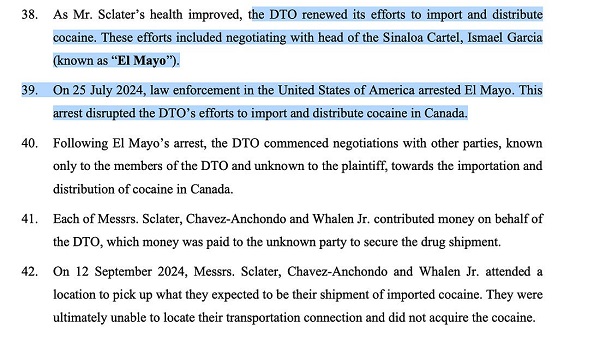
 Crime1 day ago
Crime1 day agoBC Fentanyl Ring ‘Negotiated’ With Sinaloa Chief ‘El Mayo,’ Court Filings Allege
-
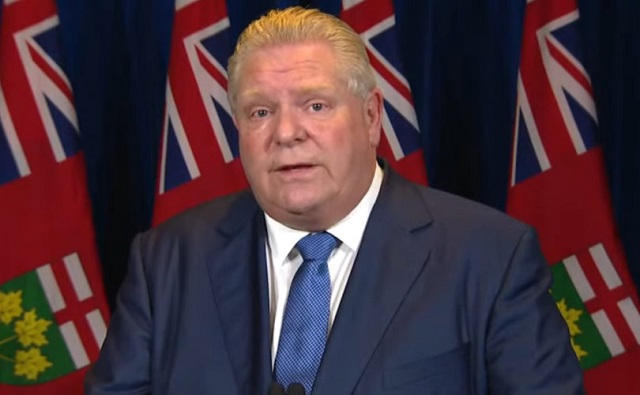
 Business2 days ago
Business2 days agoOntario Premier Doug Ford Apologizes To Americans After Threatening Energy Price Hike For Millions
-
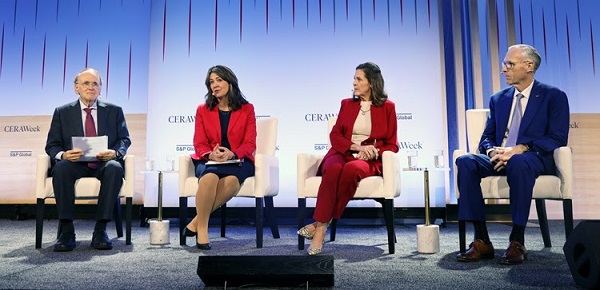
 Alberta1 day ago
Alberta1 day agoNew gas reserves take Canada into global top 10
-

 Energy1 day ago
Energy1 day agoIf Canada won’t build new pipelines now, will it ever?
-
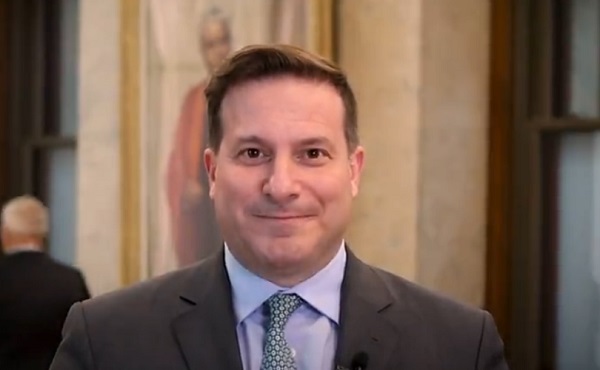
 National15 hours ago
National15 hours agoMark Carney’s new chief of staff was caught lying about Emergencies Act use
-

 Banks1 day ago
Banks1 day agoBank of Canada Slashes Interest Rates as Trade War Wreaks Havoc
-

 Business2 days ago
Business2 days agoUSAID reportedly burning, shredding classified documents
-
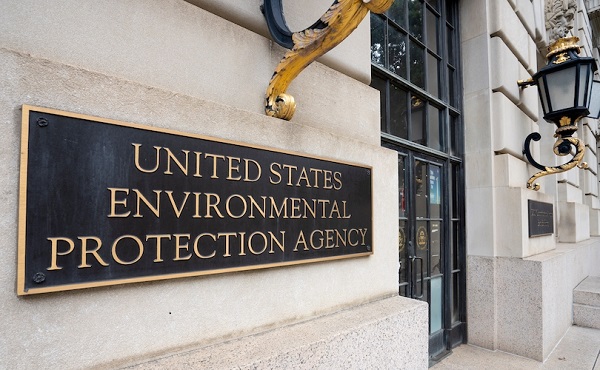
 Energy1 day ago
Energy1 day agoWhy the EPA is right to challenge the ruinous “endangerment finding”

